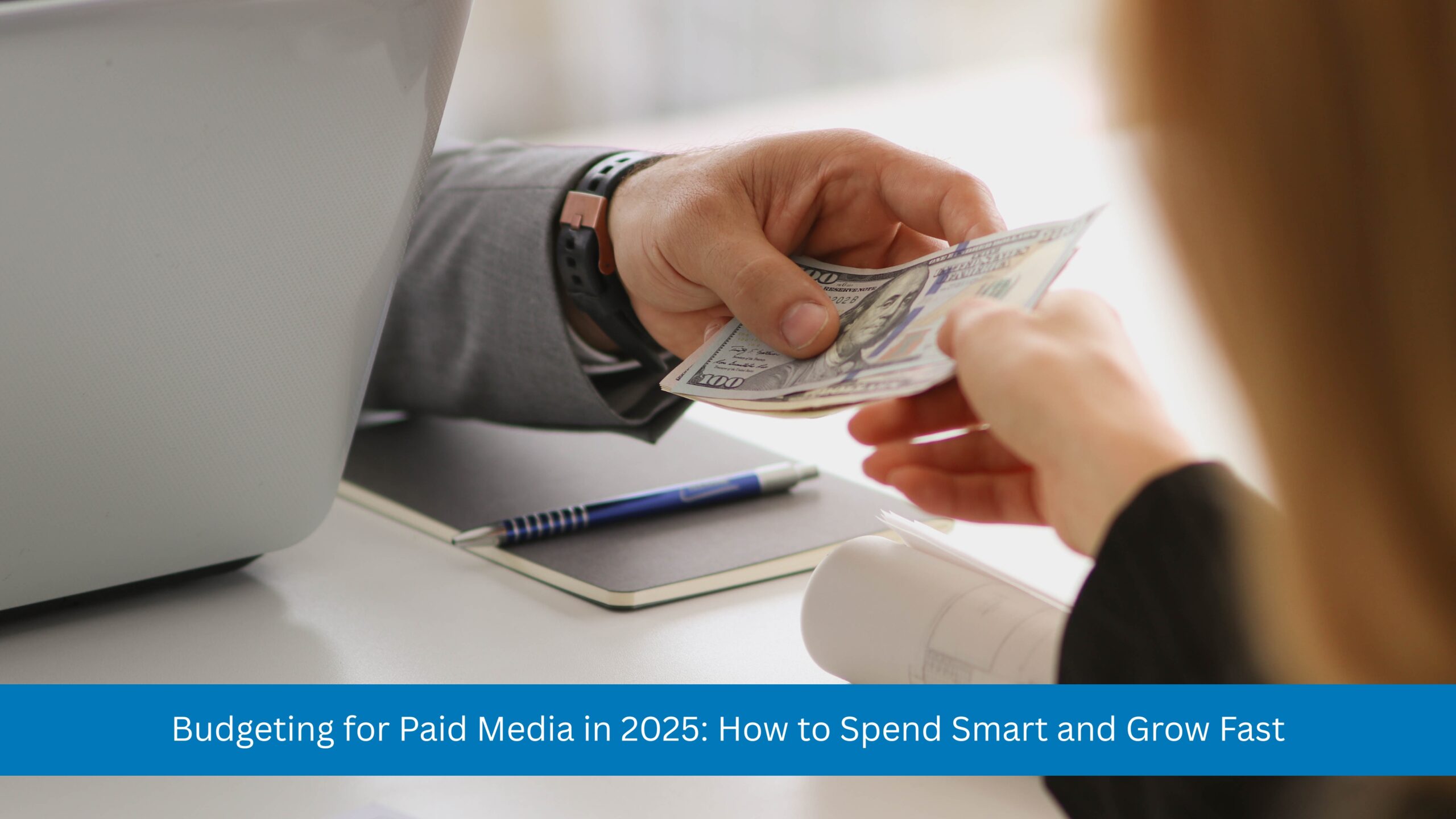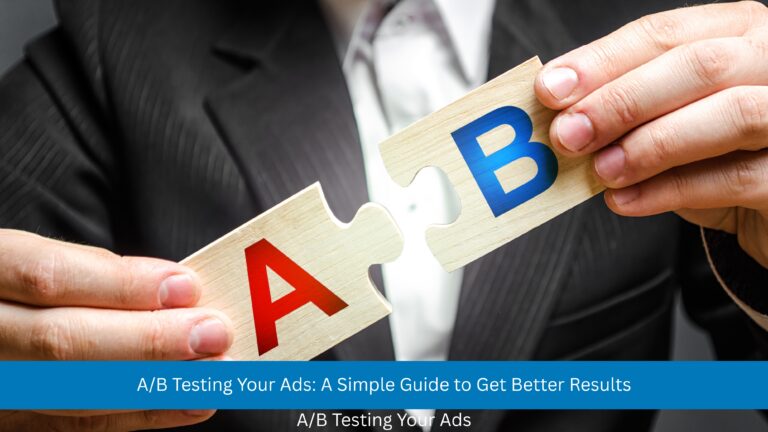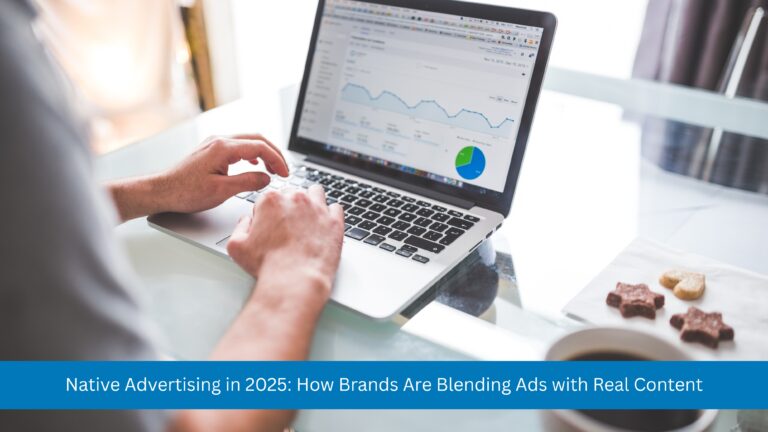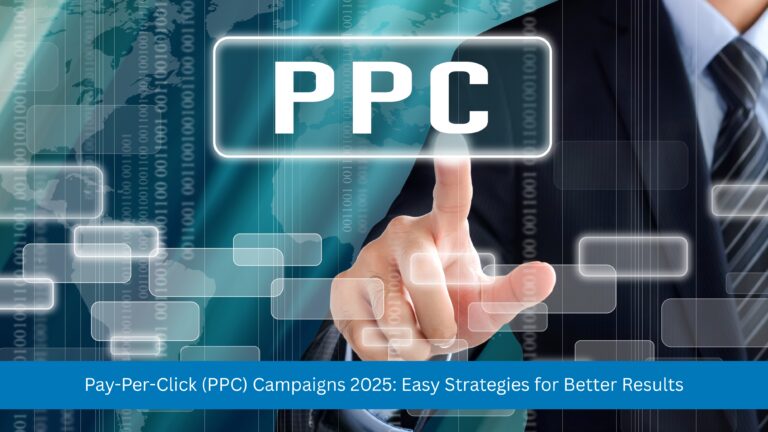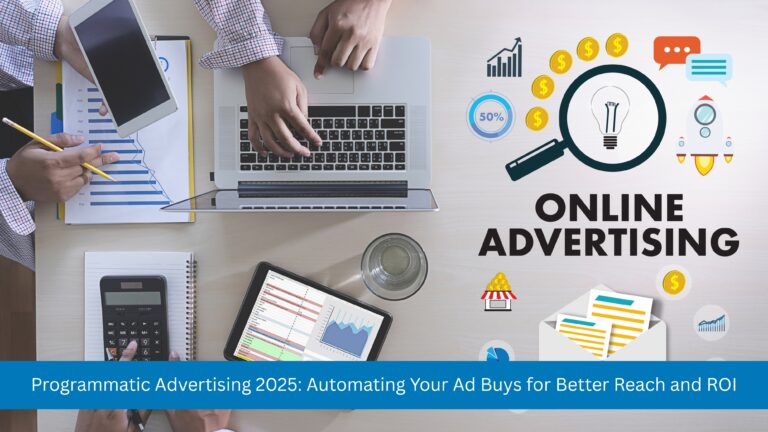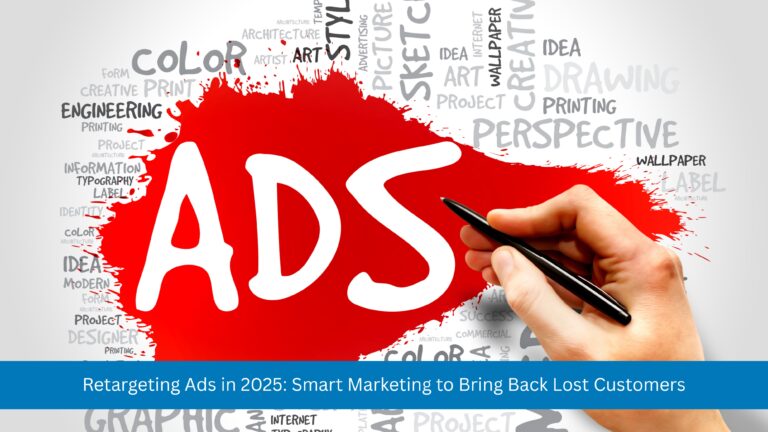Budgeting for Paid Media in 2025: How to Spend Smart and Grow Fast
Why Every Indian Business Needs a Smart Paid Media Plan This Year
In 2025, marketing your business is no longer just about putting up posters or handing out flyers. Whether you’re running a startup or a growing business, paid media—like Google Ads, Facebook promotions, or influencer shoutouts—can help you get noticed faster.
But with so many platforms and tools available, the real question is: how do you budget for paid media wisely?
In this easy guide from Your Stories, we’ll explain how to plan your marketing spend, where to invest your money, and how to get the best value without burning your budget.
What is Paid Media?
Paid media means any form of advertising where you pay to reach your audience. It includes:
- Search ads on Google
- Social media ads on Facebook, Instagram, YouTube, and LinkedIn
- Display ads (banners) on websites
- Influencer promotions where you pay someone to talk about your product
- Sponsored emails or paid newsletters
All of these help your brand reach new people who may not know you yet.
Why You Should Budget for Paid Media
In 2025, organic reach is shrinking. Even if you post daily on Instagram, only a few people see your content unless you boost it. Paid media lets you:
- Reach more people
- Target the right audience
- Save time compared to slow organic growth
- Track return on investment (ROI) easily
How to Allocate Your Marketing Budget
A popular and easy rule is the 70/20/10 strategy:
| Budget Split | Where It Goes |
| 70% | Platforms you know work well (like Google or Meta) |
| 20% | New platforms or tools you’re testing |
| 10% | Risky or creative experiments (like influencer trials) |
This way, you play safe with 70%, experiment with 20%, and explore new ideas with 10%.
Step-by-Step Budgeting Guide
Step 1: Set Clear Goals
- Want to get more website visits?
- Need to sell products online?
- Looking to grow followers or leads?
Your goal decides your ad type. For example, sales need conversion-focused ads; brand awareness may need video views.
Step 2: Know Your Audience
- Who are you targeting?
- Where do they spend their time—Instagram, YouTube, or Google?
Step 3: Choose Platforms Wisely
Here’s a quick reference:
| Platform | Best For |
| Google Ads | Search-based intent, websites |
| Facebook/Instagram | Visual content, e-commerce |
| B2B and professionals | |
| YouTube | Video promotions, awareness |
Step 4: Start Small, Then Scale
Begin with a daily or weekly budget and test what works. Don’t spend all at once. Monitor results and increase spend where you see good returns.
Track These Key Metrics
Always keep an eye on:
- CTR (Click-Through Rate) – Are people clicking your ads?
- Conversion Rate – Are people buying or signing up?
- ROAS (Return on Ad Spend) – Are you earning more than you’re spending?
Use free tools like Google Analytics or Meta Ads Manager to track these numbers.
Common Mistakes to Avoid
- Spending big without testing
- Ignoring mobile optimization
- Not setting clear goals
- Following trends without research
Remember, more budget doesn’t always mean better results. It’s about how smartly you spend.
Final Words
Budgeting for paid media may sound tricky at first, but with the right plan and mindset, it’s a powerful tool for growth. Whether you’re running a cafe, fashion brand, coaching centre, or tech startup, you can start small, learn what works, and scale up with confidence.
For more practical guides and real business stories, explore Your Stories — your daily source for inspiration, tips, and startup success.

